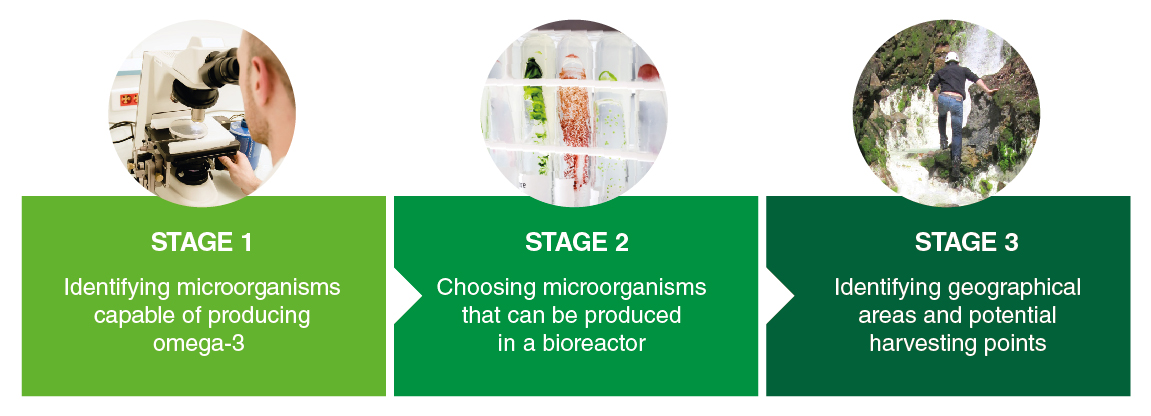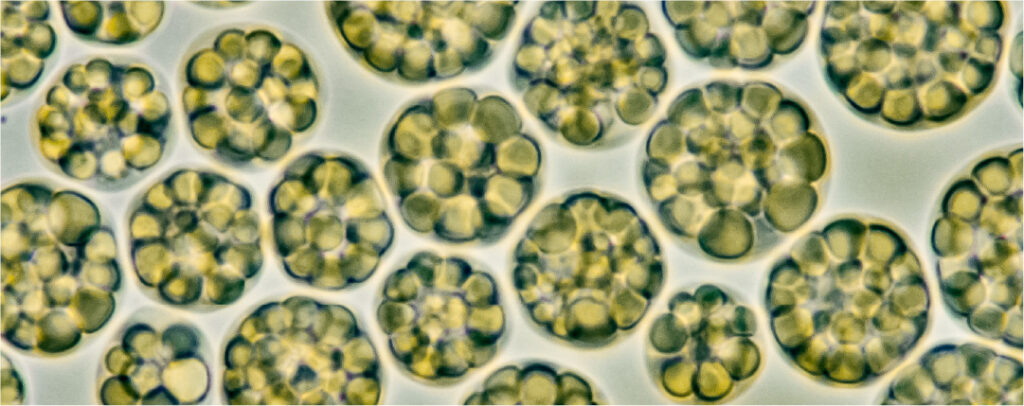Omega-3 and quality : how can you be sure of selecting a premium plant-based DHA ?
How can the origin and traceability of omega-3 oils be guaranteed ?
This is the major challenge for stakeholders in the nutraceuticals market, who must meet high consumer expectations in this respect. Their ethical and health considerations are coming into play as never before when it comes to choosing premium dietary supplements. Consumers are increasingly demanding and look for information on the origin and method of manufacture of food supplements and their ingredients.
The challenge laboratories face is therefore not only to choose their active ingredients (such as omega-3s) in such a way as to provide the guarantees expected, but also to prove that a responsible and clean process has been used in manufacturing the ingredients and the finished product, in particular by explaining their choice of supplier.
Laboratories are obviously keen to guarantee product safety, but can also promote the way in which products are produced including local and responsible sourcing that respects the environment, and methods of production that inherently increase product quality or reduce risk of contamination. Today, these approaches and the guarantees that they have been implemented are real selling points,and can be featured on-pack.
Knowledge and expertise
The aim of Fermentalg is to produce premium oils rich in omega-3, particularly in DHA, from an algal biomass [1] source. Our first challenge has been to identify the organisms capable of making and storing these oils.
For this purpose, Fermentalg carried out a 3-stage process using internal expertise and data available from the wider scientific community to identify the most promising microorganisms for DHA production based on their capacity to produce premium oils, their suitability for safe production at scale, and their availability.
[1] Group of microalgae cells
The thraustochytriaceae family is a microalga genus accredited with high potential for producing polyunsaturated fatty acids. The Schizochytrium sp. species used to produce DHA ORIGINS® premium oils belongs to this exceptional family.
For production on an industrial scale, rapid growth is an important selection criterion. Since temperature has a direct effect on cell division speed, Fermentalg focused its research on warm seas. Because these microalgae do not grow through photosynthesis but rather by consuming available organic matter, such as plant debris, mangrove swamps proved to be an excellent habitat for the growth of this family of microalgae, with their high DHA content.
The final stage of our search involved identifying potential harvesting sites from where samples containing these microalgae could be taken, always in compliance with biodiversity protection rules. Among other sites, Fermentalg targeted the mangrove swamps around the French island of Mayotte.
Basing our choice of organism on tangible scientific data enabled us to respond to market expectations, and to offer assurances that we can supply premium oil from the best DHA-producing strain for your products.
Harvesting
A sampling campaign was organized by on-site experts in Mayotte, an island in the French overseas territory of the Comoros archipelago located off the coast of Mozambique.
The thraustochytriaceae family are among the first microorganisms to colonize the leaves falling from mangrove trees into the water below. Harvesting therefore involved taking samples from below the water-line rich in organic matter, sediments and plant matter in the initial stages of decomposition. The samples were then transported to our laboratory in controlled-temperature conditions to prevent any deterioration of their biological content. On arrival, sample portions were seeded in different types of growth medium (agar broth and gel) rich in micro and macro elements to promote the growth of our target strains.







